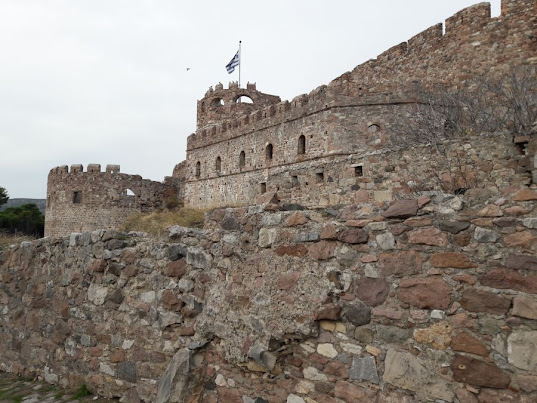Toronto, the capital city of Ontario and Canada’s largest city, is a vibrant and diverse metropolis that serves as the cultural, financial, and technological heart of the country. Located on the northwestern shore of Lake Ontario, Toronto boasts a striking skyline, a multicultural population, and a wide array of attractions, from world-class museums to beautiful parks and historic neighborhoods. It’s a dynamic urban hub where history meets modern innovation, and there’s something for every type of traveler to enjoy.
Toronto’s history dates back to the early 18th century, when it was originally a small French settlement known as Fort Rouillé. After the British took control of the region in 1763, the town of York was established in 1793 by Lieutenant Governor John Graves Simcoe, and it quickly became an important center for trade and settlement. In 1834, York was incorporated as the City of Toronto, and it began to rapidly develop into a key port, industrial, and commercial hub.
Throughout the 19th and early 20th centuries, Toronto continued to grow, with significant waves of immigration contributing to its multicultural identity. The city became a major financial center and saw the rise of iconic structures like the Royal Ontario Museum and the Ontario Legislative Building. Over time, Toronto’s skyline evolved with modern skyscrapers, including the world-renowned CN Tower, which was completed in 1976. Today, Toronto is a cosmopolitan city and a global leader in various industries, including finance, media, technology, and entertainment.
Toronto is a diverse and exciting city that offers a wide variety of attractions, from iconic landmarks like the CN Tower to cultural institutions such as the Royal Ontario Museum and the Art Gallery of Ontario. Its mix of modern architecture, historical sites, and natural beauty makes it one of Canada’s top destinations. Whether you're interested in arts, shopping, dining, or outdoor activities, Toronto has something to offer every visitor.
For more photographs of Toronto click here or watch on You Tube










